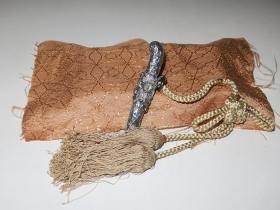
1873年维也纳世博会展品—华丽至极高浮雕莳绘日本刀造型纯银开信刀
¥ 41800 九五品
仅1件
海外亚洲
认证卖家担保交易快速发货售后保障
制作者手工打造
年代1873
材质纯银
尺寸10 × 1 cm
上书时间2023-05-27
- 在售商品 暂无
- 平均发货时间 暂无
- 好评率 暂无
- 店主推荐
- 最新上架
商品详情
- 品相描述:九五品
-
东京公司库存,免费EMS邮寄但不寄中国(港澳台除外)。
可开据电子版或纸本领受书(二选一),相当于中国的发票。
原则上仅限当面交易(预约制,需介绍人),可接受人民币付款。
如果是网站客户或网站推荐的客户,无论手续费多少,在此基础上再加5个点。
- 商品描述
-
更多图片点击
http://estlune.com/cn/product/makie
连鞘长约10cm,鞘长约6.5cm,刃长约5.5cm,锷宽约1cm,重约77.2g(含流苏)。银鞘周身通体装饰花草纹样,高浮雕花卉,两侧镂雕枝叶,精巧细致,华丽异常。银刀做工一丝不苟,尖刃齐全。明治六(1873)年维也纳万国博览会日本官方展示品,超绝技巧莳绘登峰造极之上佳作品。购于巴黎美术俱乐部(非公开沙龙),原装擦拭用锦缎(图中橙色背景)保存完好,原藏者特制收纳桐箱,状态上佳。
开信刀又称纸刀,为古今中外常见文房用具。刀身多呈薄而轻柳叶状,材料以铜、牙为主。鉴于使用性质,纸刀通常不开锋,开刃极为罕见。此件刀锋刃利,堪比日本刀实物,且附有精美外鞘,举世罕见,几可视为袖珍日本刀。无论作为文房雅玩抑或装身配饰皆美轮美奂,视觉效果极佳。
与欧洲拆信刀不同,日本自古讲究刀必有鞘,附鞘开信刀极为罕见,价值昂贵。此件不惜重金聘请名匠打造,刀鞘装饰花草纹,采用浮雕、镂雕、莳绘等多种技巧,匠人艺技与器物材料完美结合,光泽炫目,精美绝伦,充分体现艺术性、实用性与观赏性并存的纯粹日式美学。
19世纪末日本手工艺发展至巅峰,甚至连纸刀也追求华美精致,艺术观赏性一度超越实用功能性,备受日本文人和武士钟爱。在“唐风”过渡“和风”的过程中,日本纸刀的设计更倾向于中日结合的东方式优雅,装饰细腻,讲究雕琢之功。植物主题的装饰风格象征日本匠人的浪漫情怀,日本文化事无巨细的美学观念也体现在纸刀的设计之中。
维也纳万国博览会日本展出的此件纸刀,通体做工精美。受中国漆器工艺影响的同时,又成就了别具日本特色工艺比如莳绘和螺钿,绚丽华美的造型深受西洋贵族喜爱。日本传统美术工艺的三大亮点:雕刻、镶嵌、金工,都可见于此刀之上。虽然无关杀器,但因为手工业的发展和日本匠人对极致的追求,一把小而精巧的纸刀,同样能够拥有日本刀的灵魂。
紐状メタリック糸のタッセルが付くので、装身具としてある意味では根付とは認める。日本は国家といて初めて公式的に参加した明治六(1873)年のウィーン万国博覧会で金工をはじめ日本の工芸品は爆発的な人気を博した。
同時欧米諸国は日本のように多様な色金を用いて、高度な彫りや複雑な嵌蒔象嵌技術で加工されたものは皆無。特に卓上の華として美しく装飾されたものが大人気。高価にもかかわらず、彫金が施されていたり、象嵌や嵌蒔といった物で宝飾として大盛況の爆買いになっていた。
Tabletop aesthetics—excellent, exquisite gold work, high-flesh inlay, maki-e paper knives
Approximately 10cm including sheath, approximately 6.5cm sheath, blade length approximately 5.5cm, width approximately 1cm, weight approximately 77.2g including string, original cloth well preserved, with box. An exhibit at the Vienna World Exposition in Meiji 6. Good condition, beautiful.
An unprecedented Japanese sword-style paper knife won a bid at an art club in Paris. Although it is light in weight, the whole scabbard is inlaid with high-quality pure silver with flower-and-grass patterns.
A paper knife is a knife-like tool usually used for opening letters or document bags. Although it is called a knife, it is rare to find one with a sharp blade, and this work can be regarded as a miniature real Japanese sword with a sharp edge and willow leaf-shaped blade. A masterpiece unique to Japanese metalworkers, and the pride of the Japanese people.
Maki-e (蒔絵, literally: sprinkled picture (or design)) is a Japanese lacquer decoration technique in which pictures, patterns, and letters are drawn with lacquer on the surface of lacquerware, and then metal powder such as gold or silver is sprinkled and fixed on the surface of the lacquerware. The origin of the term maki-e is a compound word of maki meaning "sprinkling" and e meaning "picture" or "design". The term can also be used to refer to lacquerware made with this decorative technique. The term maki-e first appeared in the Heian period.
This technique is the most used technique in Japanese lacquer decoration. The maki-e is often combined with other techniques such as raden (螺鈿) in which a nacreous layer of mollusk shell lining is embedded or pasted in lacquer, zōgan (象嵌) in which metal or ivory is embedded in lacquer, and chinkin (沈金) in which gold leaf or gold powder is embedded in a hollow where lacquer has been shaved.
To create different colours and textures, maki-e artists use a variety of metal powders including gold, silver, copper, brass, lead, aluminum, platinum, and pewter, as well as their alloys. Bamboo tubes and soft brushes of various sizes are used for laying powders and drawing fine lines. As it requires highly skilled craftsmanship to produce a maki-e painting, young artists usually go through many years of training to develop the skills and to ultimately become maki-e masters.
株式会社明月2017年创立,位于东京,距离东武练马站(东武东上线)步行约10分钟。持有包括书籍商许可(東京公安委員会登録番号:305491805941),特定国際種事業者(第02677号)在内的日本国经营合法资质,公司追求情怀、文化和品位。网站上所有商品均为现货,不从事代购业务。原则上除日本公司库存贵金属(如钻石、黄金)以外均可在孔夫子付款。
专注于中国、日本和法国古籍,尤其倾力于CURIOSA(高雅情色)艺术。在独特和珍本书籍,新艺术派,亲笔签名,手稿,书籍装帧艺术领域持有众多精品。以20年以上的艺术品和古籍专业经验,保证商品的真实性和如实描述。
截至2023年5月18日,公司资质如下:
公益财团法人板桥法人会 正会员
日本国法务大臣认定:高度专业人才
全国美术商连合会(Japan Art Dealer Association) 正会员
东京都公安委员会登录番号(书籍商):第305491805941号
相关推荐
— 没有更多了 —











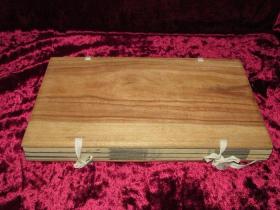
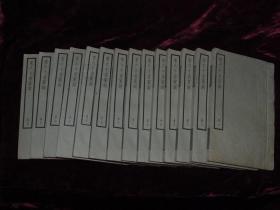
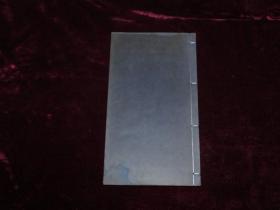
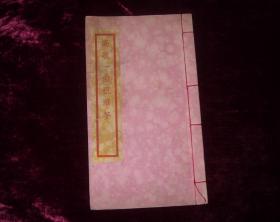
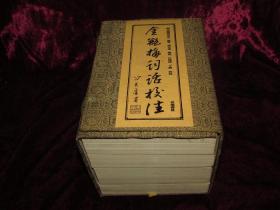
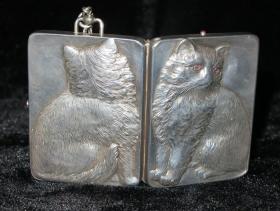
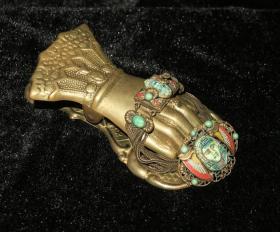
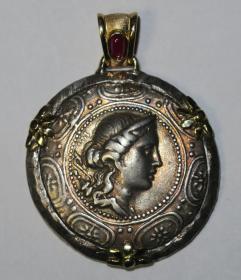


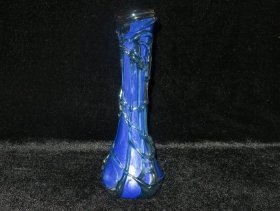










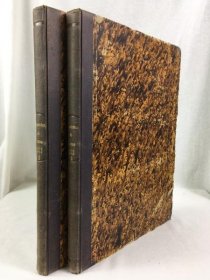


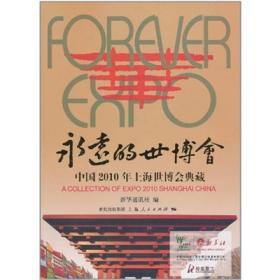
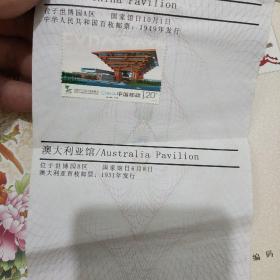
以下为对购买帮助不大的评价